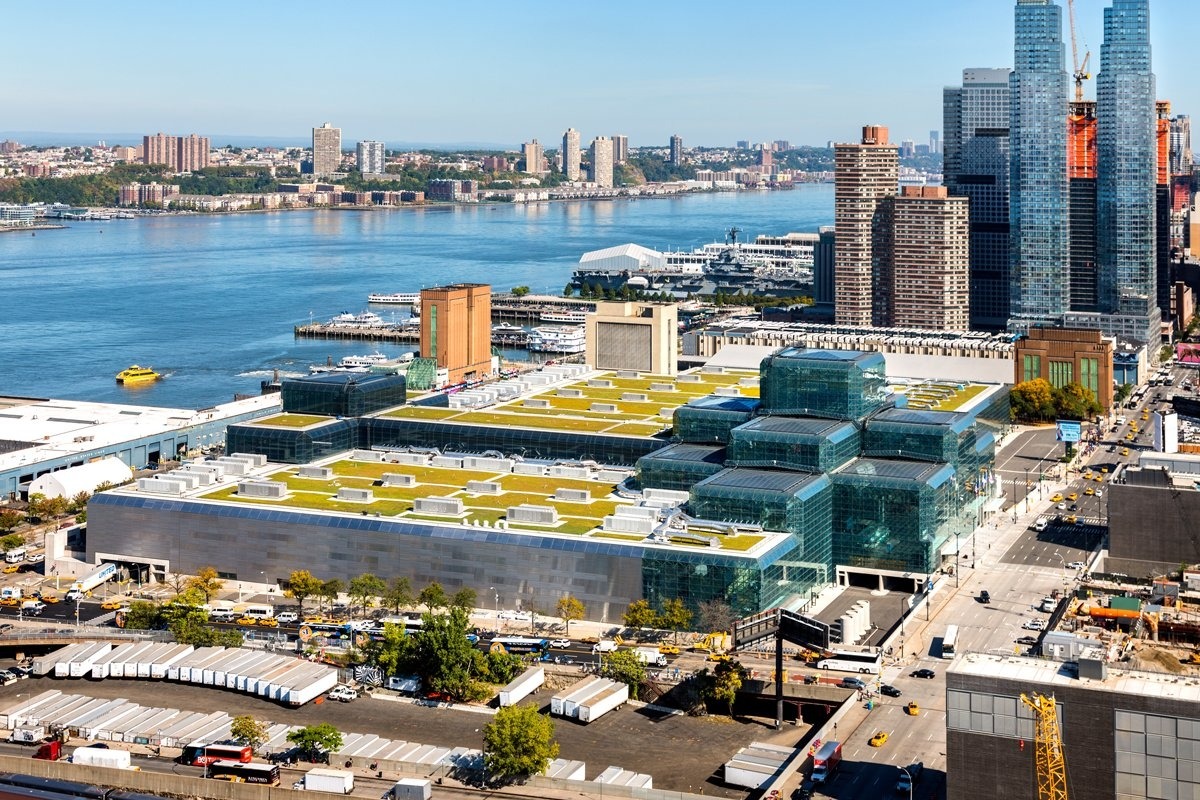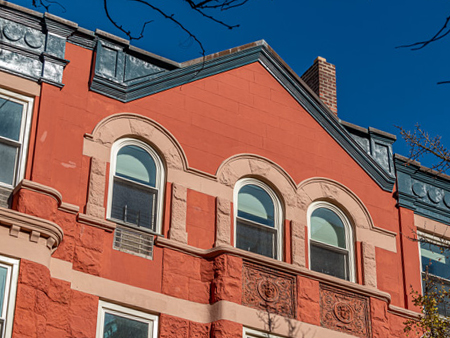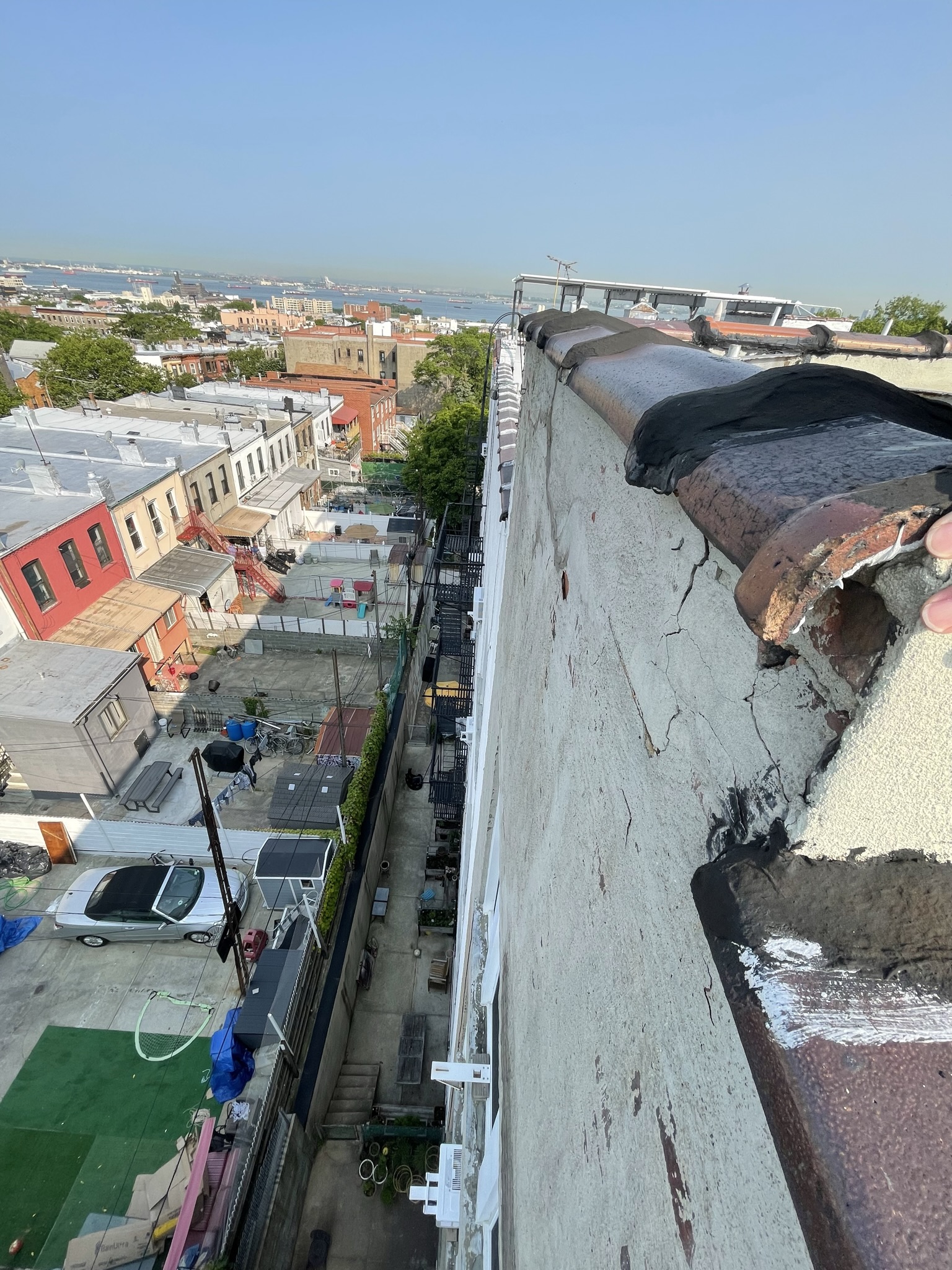The green plot ratio, known as GPR, is a powerful metric in urban design and development.
GPR is an architectural metric utilized for assessing and planning the inclusion of greenery in cities and buildings. This metric was devised by Singaporean landscape architect Dr. On Boon. GPR was developed with the intent of optimizing the amount of green space, or plant coverage, in an urban environment.
Using GPR an architect has a quantifiable measure to determine how much greenery should be incorporated to counteract the absorption of heat in the building fabric as well as enhancing the qualities of open space.
How is GPR Calculated?
GPR is a scientific ratio of plant coverage onsite to determine the ideal amount of greenery for creating sustainability in urban design. The ratio is determined based on the biological parameter of the “leaf area index”, or LAI, a form of measurement for the total leaf area per unit of ground area. LAI is calculated by taking a sample of foliage from the plant canopy, measuring the leaf area of the sample, and dividing it by the relevant plot size. The resulting GPR is the average LAI of the greenery on site, and the ratio depends on the type of greenery:
- Grass: 1:1
- Bushes/shrubs: 3:1
- Trees: 6:1
Urban green space helps play a vital role in the sustainable design and biodiversity within cities. Quality urban green space can help improve the quality of city life. Architects can utilize GPR to help maximize your green space potential without sacrificing on the utility or overall vision of the building project.
Why Use It?
Urban sprawl has led to increases in pollution, consumption of energy and resources. As a response to the global climate crisis, increasing the use of greenery in our architectural designs can help drive sustainable development.
The increased use of plants in urban design drives health and well being benefits, affects the quality of the air in our city and can contribute towards decreasing the effect of heat islands.
If you’d like to know more, contact Scott Henson Architect. By creating more efficient buildings in NYC with the use of GPR, we are working to help reduce the contribution of carbon emissions in the city.




